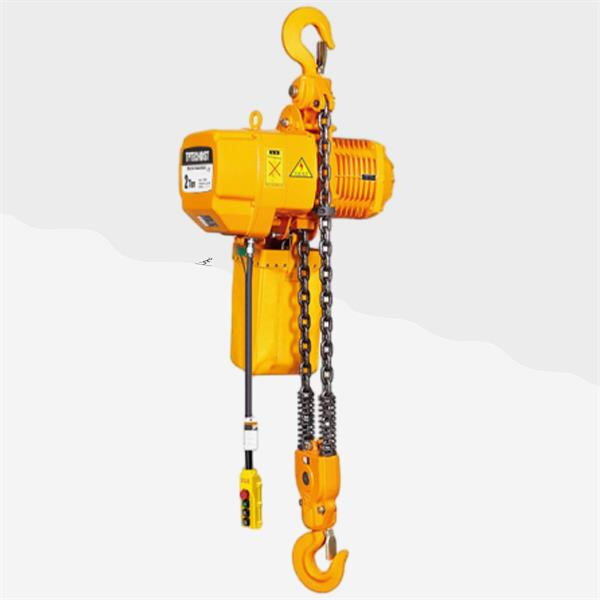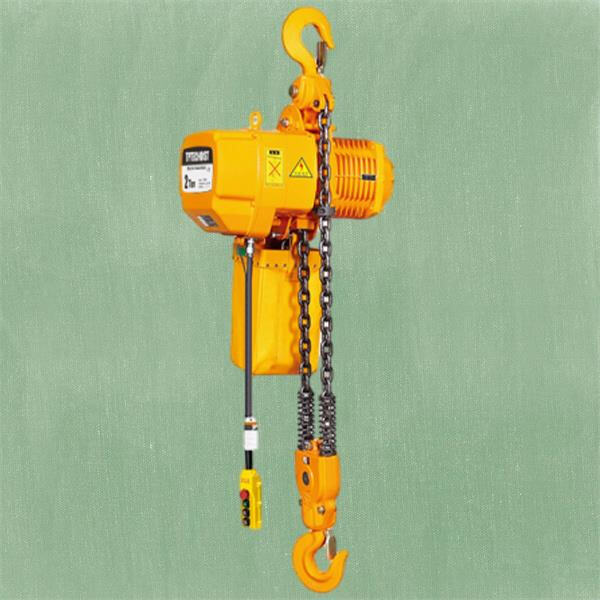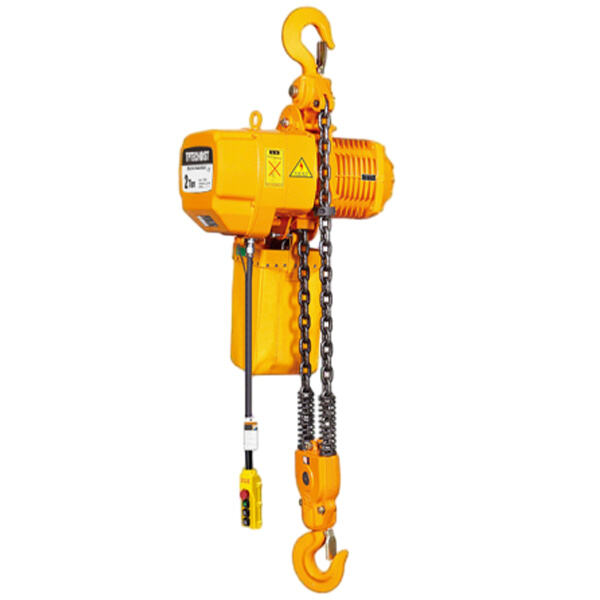A chain hoist is specifically engineered to assist people lift heavy objects from the ground. It works as the following: a long chain is passed through pulleys, and by one of its ends has attached — or hook. So, when you pull the chain it assists in raising of a load upwardly and dragging it sideways. You may have seen chain hoists if you've ever been in a workshop where people build things, or on construction sites where buildings are made, or at warehouses with lots of items to store and move around (here's one lifting some heavy concrete) — even in theaters that have motorized stage props sized for performances! In this article, let us understand the several motives of its utility and how to choose appropriate chain hoists in accordance with your need as well we get a brief guide on their operations.
One important explanation to use chain hoist are, it saves a tone of your time and also energy. Think of it Wire rope hoist as equivalent to having a heavy box pushed up on the top shelf for someone. It can be heavy and cumbersome by hand. Or, without a chain hoist, some people might be required to take place in the lifting or they would have had use of ladder and it will not as safe since it sounds. And while with a chain hoist, one person can easily hook the box and pull on the chain to raise it up into position. That TPTECHOIST is much safer and easier for all parties.
When working with equipment such as chain hoists, safety is always a primary concern. Industrial chain hoists are designed to be the safest, and they have a lot of protection features. Chain hoists, for example are equipped with brakes that can secure a burden in position without being forced to tug over the series constantly. Which in turn means the load will stay put until you want it to move. You can also opt for safety alarms which will notify you when the load that is being Lifted may be too heavy.
The TPTECHOIST Different Types of Chain Hoists They come in various types and sizes, so you should select the one that best suits your job. When it comes to selecting a chain hoist, there are few things which you must take into account. Step 1: Determine load Weight That is why always measure it up or check the weight from label. Then determine how high and far you will need to lift the load. This Electric chain hoist information will clarify the length, as well as what model hoist you should buy.

You also have to decide on what Electric chain hoist New kind of hook, or sling you are going to connect the load haus with You should also consider where you will use the hoist. Chain hoists can be classified into manual, electrical or pneumatic depending on the type of power used. Manual hoists rely on you cranking a chain, electric hoists require electrical power and pneumatic hoist run off of compressed air. Every type of which TPTECHOIST includes its pluses and minuses so you should browse the instructions mindfully as well request some help from when uncertain concerning what one to go for.

Chain hoists leverage the action of gear or pulley mechanisms to convert pulling force into lifting force. Every pulley makes carrying something heavy less exhausting. So a 10 pound pull on the chain can be turned into far more force lifting the load, depending upon whether this is taking place in first gear or second. That Manual chain hoist is what we call mechanical advantage, you can lift more weight with less effort.

The special systems that some chain hoists employ allow them to lift slowly, which means you can control the load much better. The chain is comprised of incredibly robust steel and has been created with links that are designed to carry the heavy loads which we lift. The Level hoist chain hoist will be used most efficiently if the chain is pulled smoothly into position and then slowly lowered when the load has been positioned.